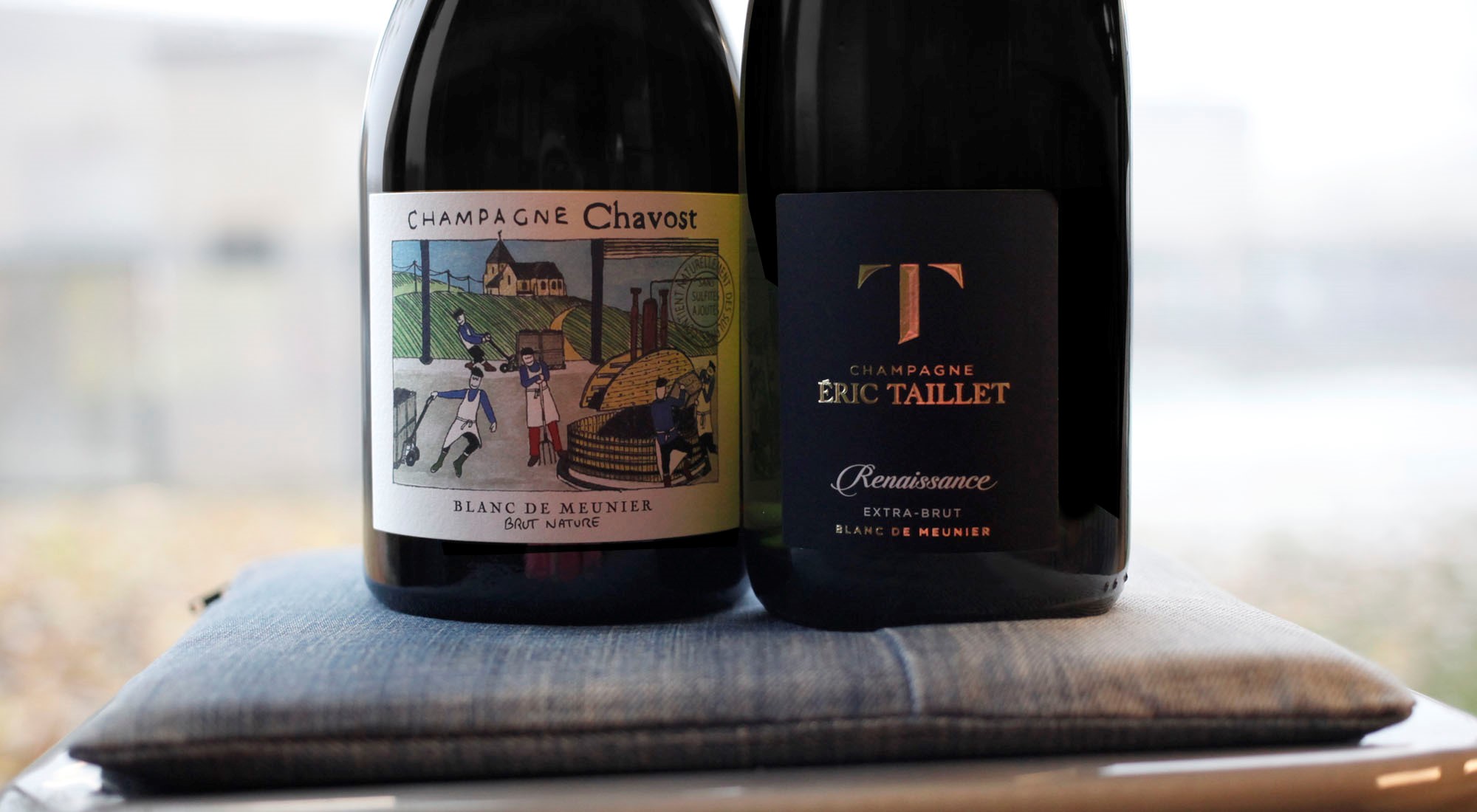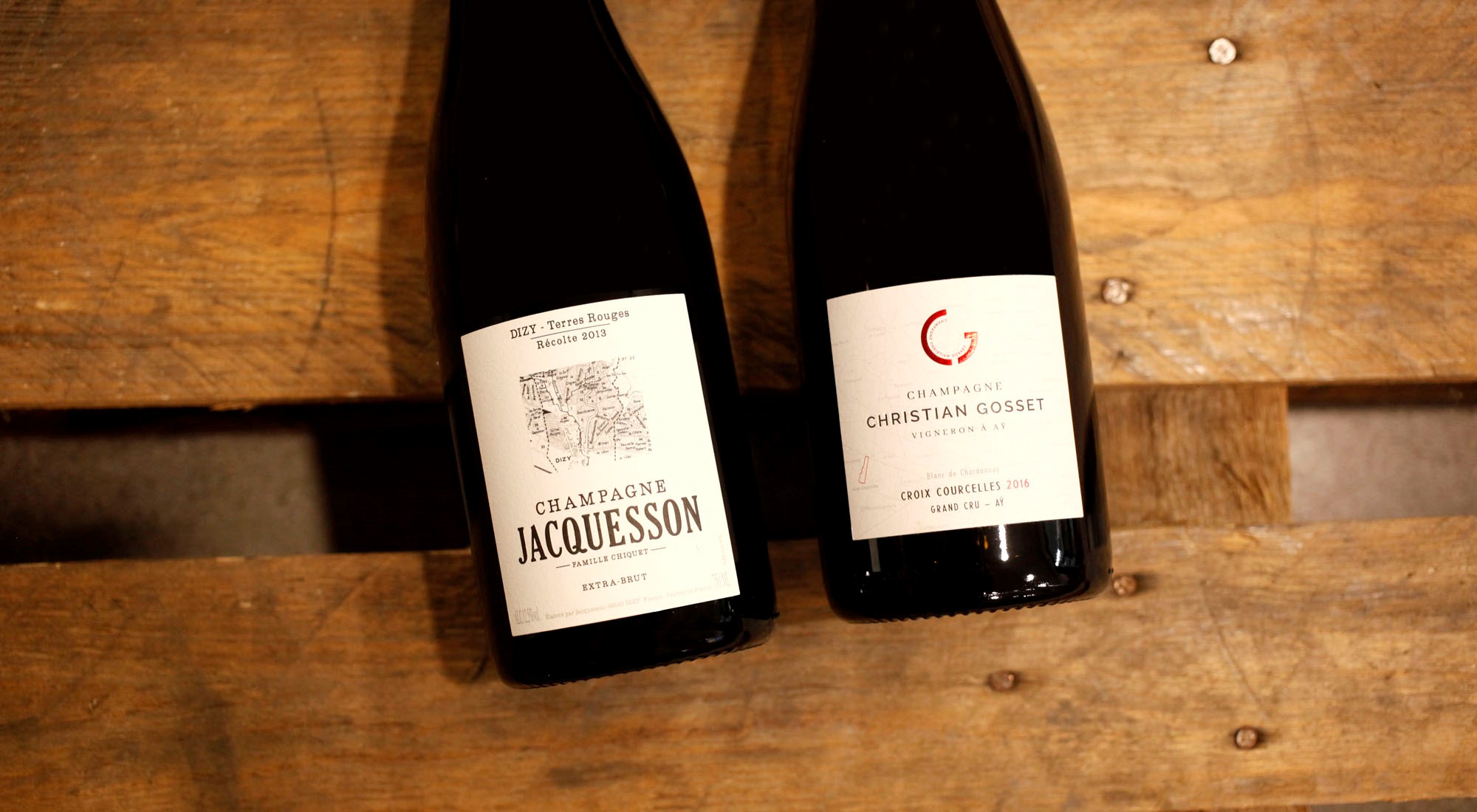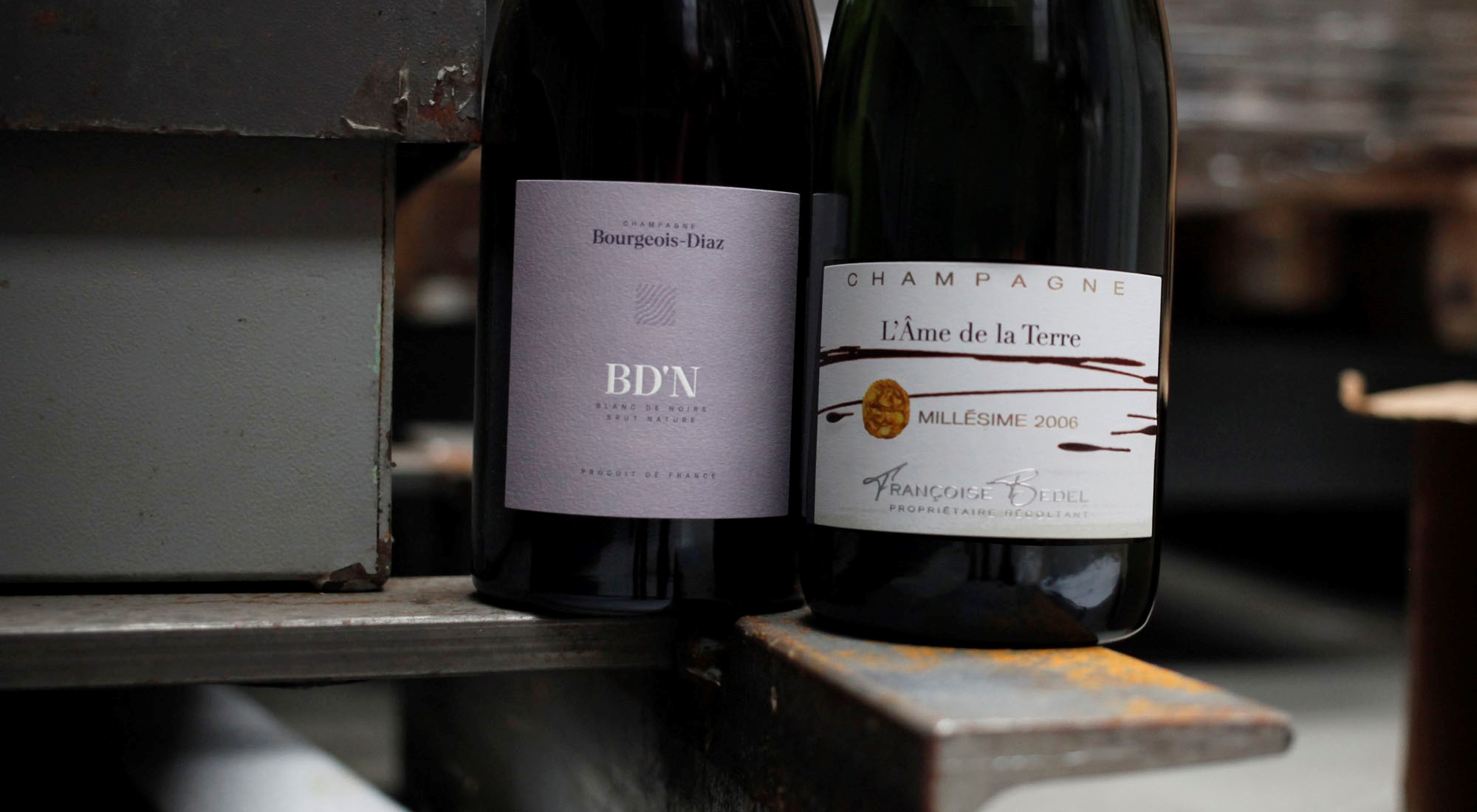After the first appointment with the Montagne de Reims (Tour in the Champagne Region: Montagne de Reims), we continue our tour of the Champagne Region with the second one about the Vallée de la Marne, one of the four macro-regions (together with Montagne de Reims, Côte des Blancs and Côte des Bar o Aube) geographically located between Montagne de Reims and Côte des Blancs.
Crossed by the homonymous river for more than 83 km, from Tours-sur-Marne to Saâcy-sur-Marne, the Vallée de la Marne with its 103 Municipalities of which 2 Grands Crus (Aÿ and Tours-sur-Marne) and 9 Premiers Crus, has a total of about 12,149 hectares of vineyards.
The vineyards are mainly located along the banks of the river and on the surrounding hills, and they are mainly cultivated with black grapes: the main grape is Meunier (58.6%), followed by Pinot Noir (23.2%) and Chardonnay (18%). The soil, with a marly tendency, is characterized by silt, clay and sand; whereas chalk is predominant in the eastern part, around the city of Epernay, in the area called Grande Vallée de la Marne, with a predominance of Chardonnay.
Meunier, the favorite grape of the area, is well suited to the meteorological conditions of the Vallée de la Marne, where oceanic and continental influences clash causing winter frosts, abundant spring rains and cool summers. Not very appreciated in the past because it was considered lesser fine and delicate than its illustrious counterparts Pinot Noir and Chardonnay, this grape is experiencing in the last years a rebirth and many producers are choosing to make their own wine, showing it in their range of products.
Vallée de la Marne is the cradle of highly talented young Vignerons and the Champagne of the area, thanks to their great variety, have seductive aromatic expressions, fruity bouquets and delicate softness
We continue the tour of the Champagne of the Vallée de la Marne telling you about six Vignerons of the area and their Champagnes to try, why not, even during the Christmas holidays.
 The Chavost Cooperative, which takes its name from the ancient village of Chavot-Courcourt, south of Epernay, was founded in 1946 by the will of some village winegrowers. Today the contributors, who work their own parcel of land according to a very strict internal regulation, are more than 100 and cover a vineyard area of over 70 hectares around the village. The goal is to create unique vintage wines that will be the basis of exclusive cuvée. The Champagne Brut Nature Blanc de Meunier is part of the "sans sulfites ajoutés" range and is the result of 100% Meunier from the grapes coming from the 5 hectares of Domaine vineyards officially converted to organic farming. This Champagne opens on the nose with notes of red fruits, pear and apple, enriched by floral scents, including hawthorn. The palate is vinous, broad with a long and persistent finish.
The Chavost Cooperative, which takes its name from the ancient village of Chavot-Courcourt, south of Epernay, was founded in 1946 by the will of some village winegrowers. Today the contributors, who work their own parcel of land according to a very strict internal regulation, are more than 100 and cover a vineyard area of over 70 hectares around the village. The goal is to create unique vintage wines that will be the basis of exclusive cuvée. The Champagne Brut Nature Blanc de Meunier is part of the "sans sulfites ajoutés" range and is the result of 100% Meunier from the grapes coming from the 5 hectares of Domaine vineyards officially converted to organic farming. This Champagne opens on the nose with notes of red fruits, pear and apple, enriched by floral scents, including hawthorn. The palate is vinous, broad with a long and persistent finish.
The one of Éric Taillet is a story, as it often happens in the Champagne Region and not only, passed from father to son: from his father Daniel, who in 1961 began to produce his first bottles, to his son Éric, who took the reins of production in 1995 and is still the head of the winery today. Domaine Éric Taillet is located in Baslieux-sous-Châtillon, in a splendid area within the Vallée de la Marne. The Meunier has a predominant role in the production and some of the Blanc de Meunier wines, such as Champagne Extra Brut Renaissance V14, have built the fame of the Domaine.
The Champagne Renaissance V14, a 2014 vintage base with 20% vin de réserve, ages on the lees for a total of more than 60 months of aging. Velvety and elegant in the structure, fresh, with a long and lingering finish, it’s an ideal Champagne for the holidays, perfect for accompanying refined dinners, whether fish or white meat.
Christian Gosset naturally tells the story of the great terroirs of Pinot Noir d'Aÿ, cradle of Gosset family for over 500 years and classified as a Grand Cru in the Vallée de la Marne. His Champagne Extra Brut Blanc de Pinot Noir Croix-Courcelles 2016 is a Blanc de Noirs made from 100% Pinot Noir grapes harvested from the namesake parcel (Lieu-dit) planted in 1969 near Aÿ from HVE - High Environmental Value certified vineyards. The nose is intense, cooked pear, purple flower, foliage, on a smoky and pastry background; in the mouth it’s broad, vinous, full and aromatic. The finish is very long, structured and markedly mineral. A vigorous and intriguing Champagne that will amaze you.
In the Champagne Region, Jacquesson needs no introduction: this ancient but small Maison of Dizy, born in 1798 at the gates of Aÿ, today is under the ambitious leadership of Chiquet brothers, and undoubtedly represents an internationally renowned excellence. Champagne Rosé Terres Rouges 2013 is part of the Lieux-Dits line and is made from 100% Pinot Noir grapes from a vineyard of over 6 hectares in the Vallée de la Marne. Harmonious and delicate Rosé Champagne with a slight minerality.
 Domaine Bourgeois-Diaz has about 7 hectares of vineyards in Crouttes-sur-Marne and in the neighboring villages of the Vallée de la Marne. To run the Domaine there is now the fourth generation with Jérôme Bourgeois, born in 1977, promoter of the conversion of vineyards in biodynamic systems and of micro-vinification practices of every plot of land, with the goal of exalting the characteristics of every parcel. Champagne Brut Nature BD'N - Blanc de Noirs is the result of 40% Meunier and 60% Pinot Noir; a powerful, vinous and gritty Champagne.
Domaine Bourgeois-Diaz has about 7 hectares of vineyards in Crouttes-sur-Marne and in the neighboring villages of the Vallée de la Marne. To run the Domaine there is now the fourth generation with Jérôme Bourgeois, born in 1977, promoter of the conversion of vineyards in biodynamic systems and of micro-vinification practices of every plot of land, with the goal of exalting the characteristics of every parcel. Champagne Brut Nature BD'N - Blanc de Noirs is the result of 40% Meunier and 60% Pinot Noir; a powerful, vinous and gritty Champagne.
Françoise Bedel is also a small Domaine in the village of Crouttes-sur-Marne dating back to 1979. In the vineyard is handed down the passion for Meunier, which represents about 80% of the 9 hectares of vineyards aged between 20 and 60 years old. Since 1982 Françoise Bedel follows an organic agriculture and since 2006 she obtained the certification of Biodynamic agriculture. All wines mature on yeasts in the bottle for a significant number of years, in order to allow the wine to develop its aromatic complexity at the best. Champagne Extra Brut L'Âme de la Terre is composed of 90% Meunier with 5% Chardonnay and 5% Pinot Noir. Millésime Champagne that best expresses the characteristics of complexity, power and intensity of the 2006 vintage.
Discover here the selection of GLUGULP! Champagnes
